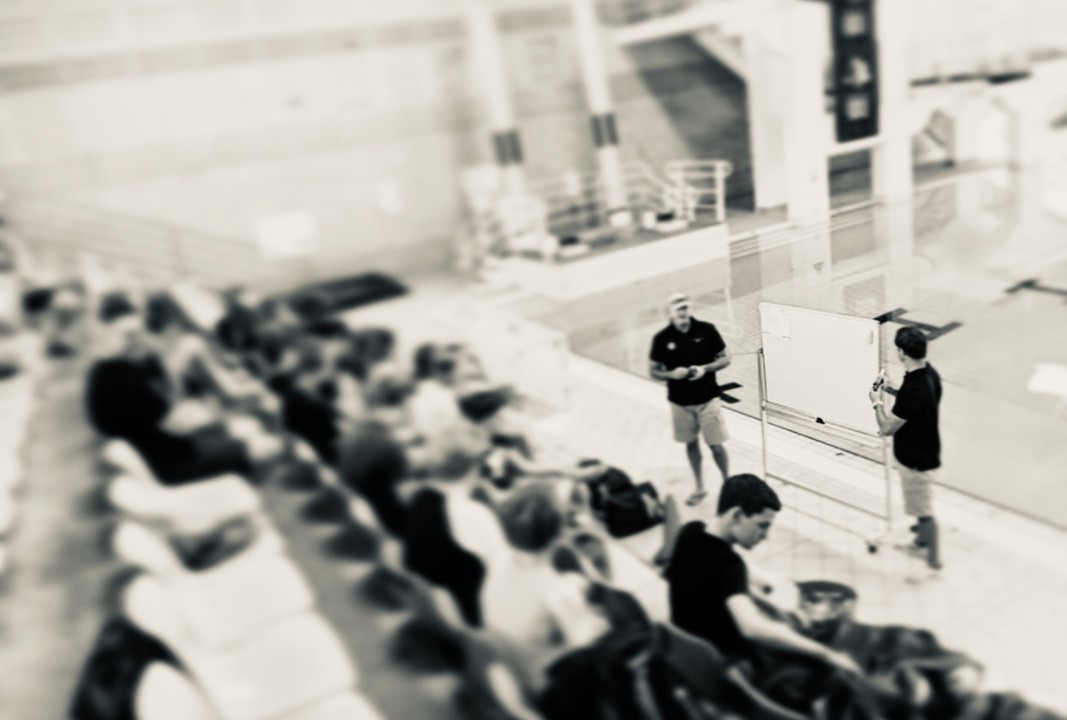Volleyball’s Winning Factors with LSU’s Head Coach, Fran Flory.
Fran Flory, the winningest coach in program history, enters her 22nd season at the helm of the LSU volleyball program after leading the Tigers to nine NCAA Tournament berths in the last 14 seasons. The 2009 Southeastern Conference [SEC] and American Volleyball Coaches Association [AVCA] South Region Coach of the Year, Flory was hired as the program’s fifth coach leading into the 1998 season and has returned the Tigers to national prominence during her tenure.
We are providing this drill to give you ideas on how to enhance your current practice drills. The idea is not to implement it exactly as is, but rather to tweak it to make it fit your system.
There is sound with the video, so please make sure that your sound is on.
This is a Vimeo video, so you will need to be on a network that does not block Vimeo videos.
If you would like to see more information about Coach Flory’s entire presentation, click this link: Building Your Program … One Player at a Time

